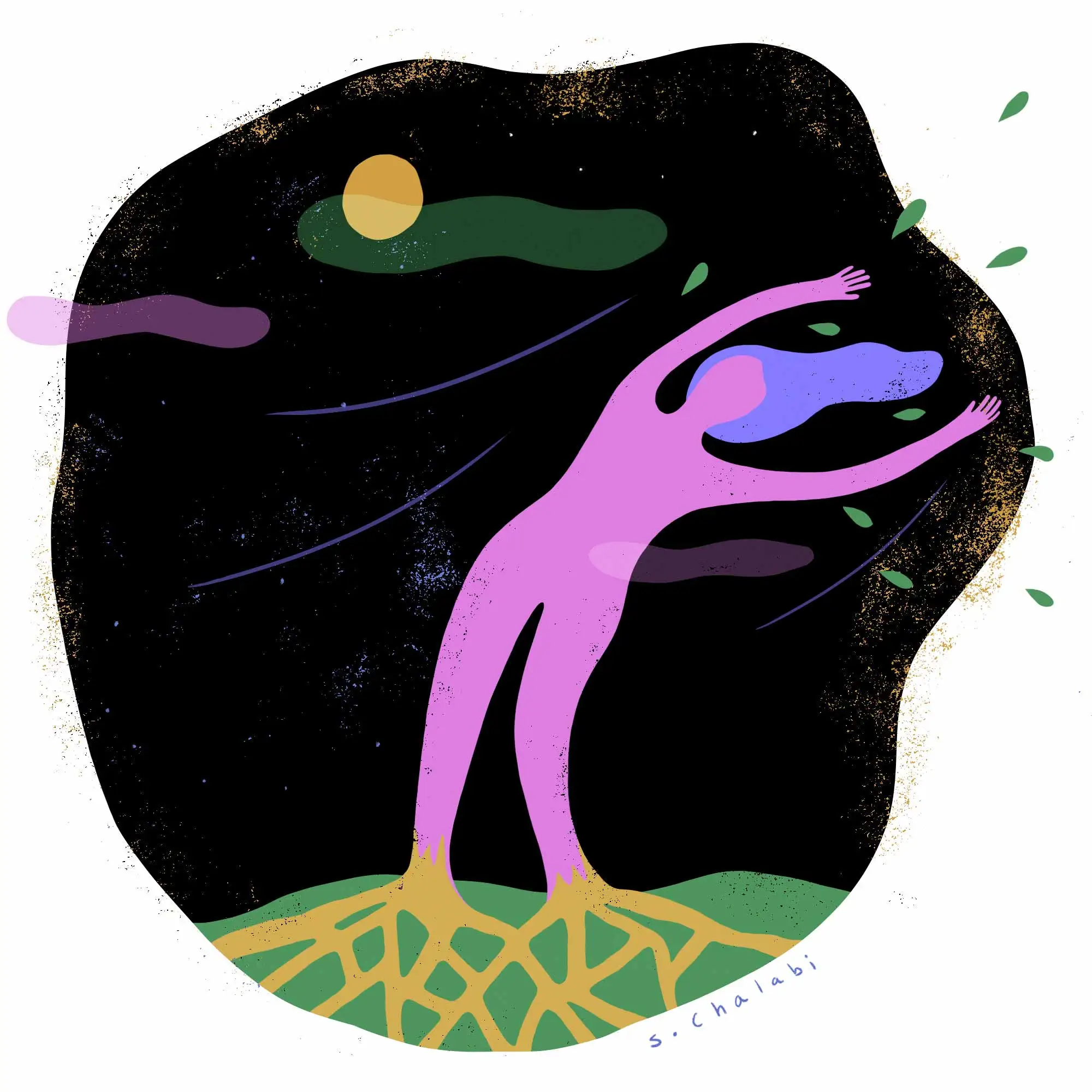Shaun Leonard on anti-racist somatic work
Shaun Leonardo is an artist from Queens, New York.
Currently, the only internal action against racism readily available in institutions is codified as anti-bias training. While I have advocated for anti-racism instruction myself, it is evident that no workshop is sufficient when accompanied by a rubric of fear that seeks to manage individuals, rather than structural shifts in vision and strategies that embrace care to prevent harm. I have also recommended the framework proposed by the OF/BY/FOR ALL Change Network, which among many external and internal actions, calls for adopting an accountability and incentive program for all staff to become literate about race, racism, and white supremacy. There, again, is a start. But with the foundation of many art institutions in colonialism, whiteness and its accompanied Eurocentrism always seem to reshape themselves around reform—containing efforts of diversity, equity, and inclusion to an office or initiative.
So the question we must then ask is, “What fear prevents an institution from actualizing real change?” While I am a proponent of rethinking the model of a museum entirely as Yesomi Umolu so insightfully breaks down—pointing cultural work and knowledge production toward a more community-embedded, decolonized process—I still believe leadership within museums cannot and will not just step aside.
I recently wrote for The Art Newspaper that “White art institutions will never truly commit to the work, the necessary dialogue, if the individuals that make up these institutions and systems are not assessing and grappling with their own white identity. That is what is missing. Until white individuals move beyond addressing the murder of George Floyd and instead move to identify Officer Derek Chauvin within themselves, their work will not bend toward anti-racism.”
Indeed, we forget institutions are made up of individuals and that those individuals with power will seek to find excuses, whether consciously or not. So we must start with the individual. No reading list, open forum, or strategic planning session will force a white individual to see within themselves—to find how they’ve caused pain to Black and Brown bodies and how they’ve upheld systems that cause harm. There is too much fear producing that blockage. And this fear can only be located in the body and psyche.
These institutional teams of individuals, consisting of boards, executive officers, and staff must therefore invest in somatic work—a reckoning with one’s own embodied white identity. We forget that the trauma of racialized violence is embedded in white bodies, as Sarah Bellamy so eloquently describes. The ways white leadership at institutions continue to look away or bury their necessary work are a means of disguising or assuaging the discomfort and ugliness of owning—and thus a means of ridding themselves of—their white racial inheritance.
This is the place where institutions must start. The pace and rhythm of the museum does not, however, often allow for the slow processing and stillness required to do this type of work. But now, with COVID-19’s closures, museums have been given time. And while many are making difficult decisions regarding their survival and relevance, they should consider this reckoning to be at the absolute forefront.

This essay is part of CREATIVE FUTURES, a series of provocations by thinkers across the arts, documentary, and journalism on how to reimagine their sectors.